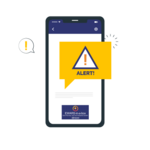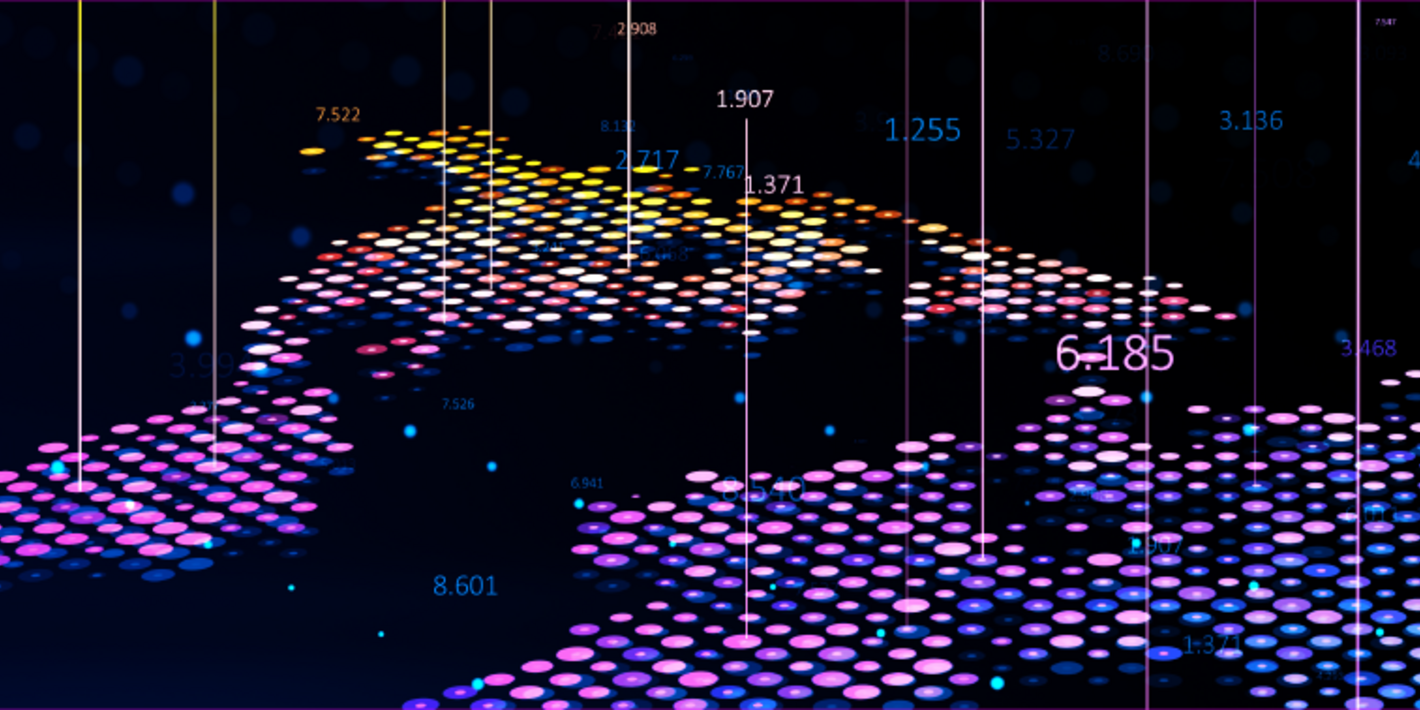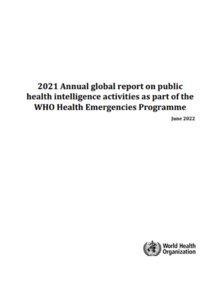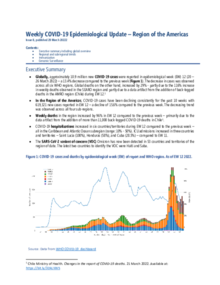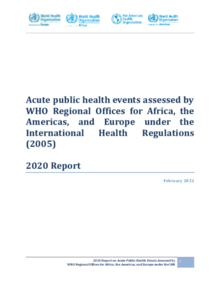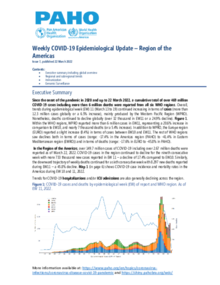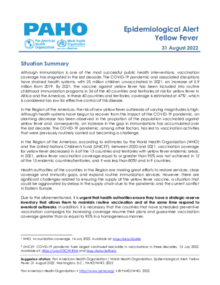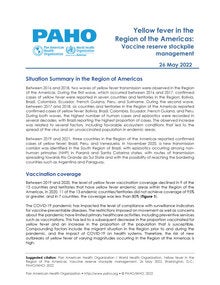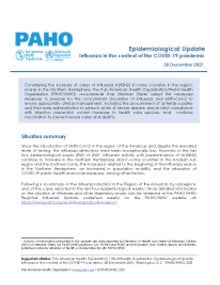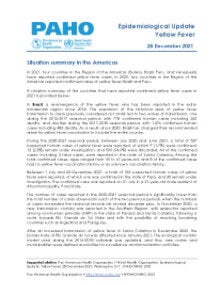Introduction
Risk assessment is the process of evaluating the probability and consequences of injury or an event arising from exposure to identified risks.
It is an interactive process that is initiated upon the detection of an event and continues until such event is under control. Risk assessment requires an interdisciplinary approach and the participation of PAHO/WHO technical experts, PAHO/WHO Country Offices and IHR National Focal Points.
Following a risk assessment, the IHR Annex 2 decision instrument for the assessment and notification of events is used by Member States to decide whether an acute public heath event requires notification to the WHO. The effective use of Annex 2 depends on the national authorities of each country and their respective IHR National Focal Point (NFP) who carry out the risk assessments of public health events occurring within their territories.
WHO has published guidelines describing when and how to apply Annex 2 to real situations.
Event notification criteria
To determine if an event must be notified to the WHO Contact Point, Member States must use the following criteria:
- Is the public health impact of the event serious?
- Is the event unusual or unexpected?
- Is there a significant risk of international spread?
- Is there a significant risk of international travel or trade restrictions?
Any event that meets any two out of the four criteria must be reported. The notification must be made within 24 hours of the assessment made in accordance with the decision instrument of the IHR (2005) Annex 2.
Following notification, communication must continue with accurate and sufficiently detailed public health information on the notified event, where possible including case definitions, laboratory results, source and type of the risk, number of cases and deaths, conditions affecting the spread of the disease and the health measures employed.
In addition, four conditions (smallpox, poliomyelitis due to wild-type poliovirus, human influenza caused by a new subtype, and severe acute respiratory syndrome (SARS)) must be reported to the WHO as they are inherently considered unusual or unexpected and may have serious public health impact.
Actions
Risk assessment is an ongoing process that can support one or more of the following actions at any point in time:
- Discard: events determined to have no present international risk at the time.
- Monitor: events that are considered to not presently be of international public health importance may require continuous assessment to ensure that they do not later present an international public health emergency.
- Assist: provision of technical assistance as may be required by Member States.
- Disseminate: event information to the international community to prepare for or prevent similar events.
- Escalate: in extreme and rare circumstances the WHO Director General may declare an event to be a Public Health Event of International Concern (PHEIC) based on available public health information. When an immediate global public health response is required to prevent or control the international spread of disease, the IHR(2005) calls on the WHO General Director to determine whether an event constitutes a public health emergency of international concern (PHEIC). In the process, the Emergency Committee, as provided for in the IHR (2005), shall advise the WHO Director General with regards to temporary recommendations on appropriate public health measures and requirements for the emergency.
Available guidance



